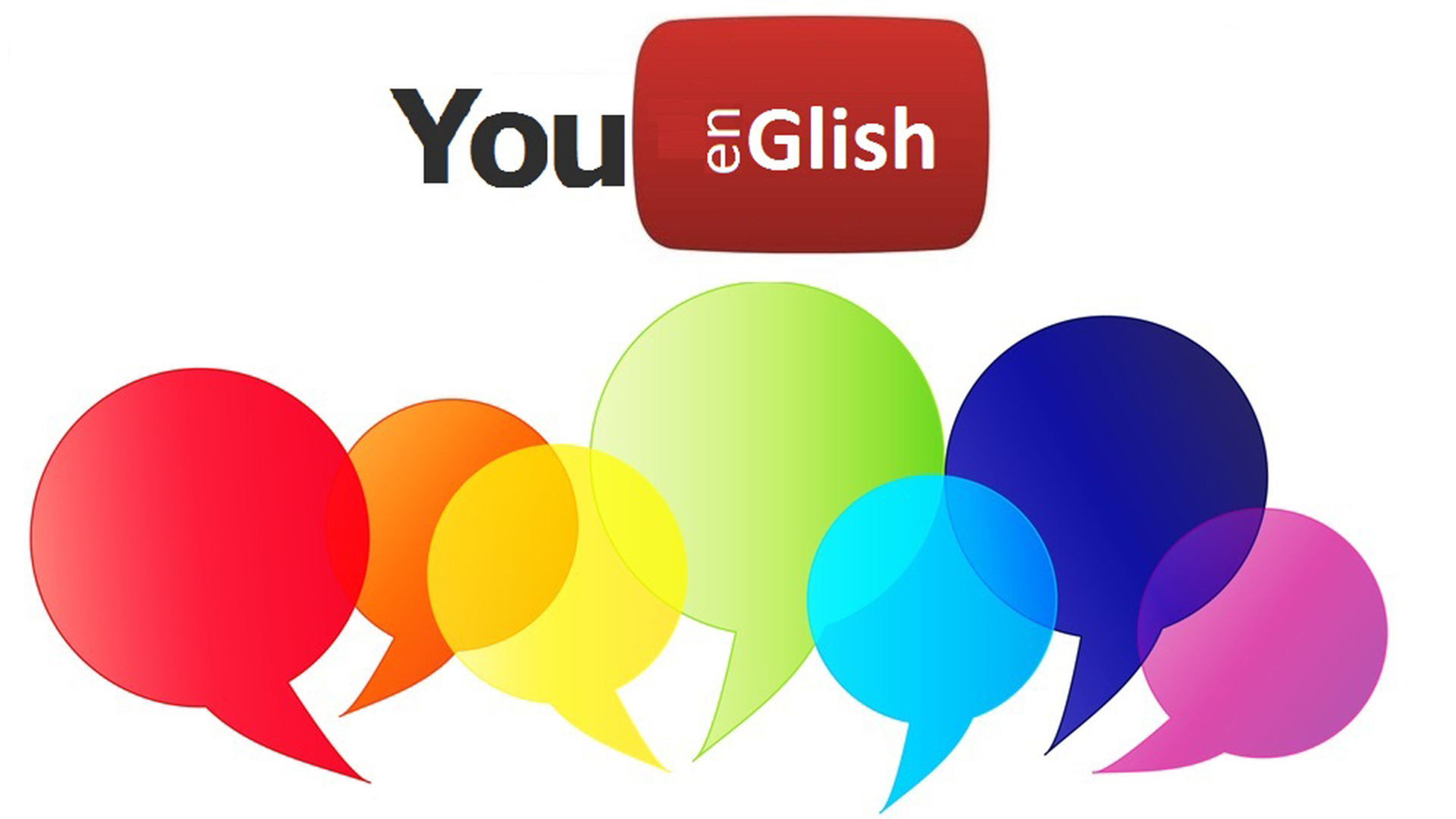YouGlish Lesson Plan
This YouGlish lesson plan is designed to help implement the language-learning platform into your classroom

This YouGlish lesson plan is designed to help students connect with learning content while leveraging an online digital tool to support them meeting learning goals.
YouGlish is an amazing video platform that is focused on sharing content in a wide range of languages. While similar to YouTube in that it houses hundreds of thousands of videos, YouGlish provides a space to learn, focus, and practice the pronunciation and contextual factors of words and phases.
For more information about the components of the YouGlish video platform, see What is YouGlish and How Does YouGlish Work?
This sample YouGlish lesson plan can be used for all age groups. What would change is the level of words and phrases, depending on where students are in their language training.
Subject: Foreign Languages
Topic: Pronunciation
Learning Objective:
Tools and ideas to transform education. Sign up below.
At the end of this lesson, students will be able to:
- Pronounce target words and phrases in the language they are studying
- Recognize target words and phrases in the foreign language they are studying
YouGlish Lesson Plan: Starter
To begin the lesson, create a list of the target words and/or phrases on which you would like students to focus. Model for students the pronunciation and provide different examples in related contexts.
It might be helpful to use a Padlet or similar edtech tool to organize the content for the lesson. You can use the column feature to have the different words and phrases, a definition, and then a link to the YouGlish website.
YouGlish Lesson Plan: Practice
Provide time for students to practice engaging with their language pronunciation on YouGlish. Students should use the targeted words and input these into the search browser. Thousands of videos are available for students to review, so if they are not interested in the first one, they can click to the next one until they find one of interest.
Have students listen to the videos first, either a segment or the entire video, depending on the length. Students can control the pace of the video so they can choose the speed that works best for them.
Next, have students rewatch the video but this time have them read along with the video. During class time, have students use headphones since they will likely be listening to different videos. If practice happens at home, then headphones can be optional as long as the students have a space where they can focus.
YouGlish Lesson Plan: Recording
As a formative assessment activity and more practice for the students, have students record themselves saying the targeted words and phrases that were modeled for them in the YouGlish videos.
To record themselves, you may want to use VoiceThread or another voice-recording tool. With VoiceThread, students can stop and start the recording easily, and can demonstrate a progression in their pronunciation. You can also share a class link to the VoiceThread that can capture and house each students’ recordings.
In addition, if a student is struggling with pronunciation, you can record on the same screen as the student so they have another model available. Words of encouragement from you as the instructor as well as from other students can also be shared on the VoiceThread.
What Languages Does YouGlish Offer?
In addition to English, YouGlish offers videos in Arabic, Chinese, Dutch, French, German, Greek, Hebrew, Italian, Japanese, Polish, Portuguese, Russian, Spanish, Swedish, Thai, Turkish, Uranikian, Vietnamese, and Sign Language.
Can You Use YouGlish to Practice More Than Pronunciation?
Absolutely! YouGlish can be used to target instruction for language learners across languages. They can focus on syntax, sentence formation, speaking flow, and so much more. Each video also has subtitles, so students learning all languages can follow along. Teachers of English language learners, bilingual education programs, special education, and speech and language pathology may find YouGlish to be a particularly useful edtech tool.
Most students seem to enjoy watching videos online. With YouGlish, they can look for videos of interest while practicing how to pronounce words or anything else related to learning languages. Students may forget that they are in classes and stay engaged in the learning experience!
Related articles:
Dr. Stephanie Smith Budhai is faculty member in the College of Education and Human Development at the University of Delaware, focusing on Educational Technology, Learning Design, and Justice-centered Pedagogies. She holds two national education technology leadership positions on the Information Technology Council and as Chair of the Culture and Climate Committee for the Society for Information Technology and Teacher Education (SITE). She holds a Ph.D. in Learning Technologies, and a M.S. in Information with a specialization in Library and Information Science, and K-12 teaching certifications in Technology Education, Instructional Technology and Business, Computers, Information Technology, Special Education and Elementary Education. Dr. Smith Budhai is the 2021 SITE Emerging Leader and the 2017 ISTE Awardee for Excellence in Teacher Education. She is also a Nearpod, and VoiceThread Certified Educator. Dr. Smith Budhai has more than a decade of online teaching experience, and has published myriad books (two have been translated into Arabic), articles, and invited editorials surrounding the use of technology and online learning in education. A few of her book publications include:
- Critical AI in K-12 Classrooms: A Practical Guide for Cultivating Justice and Joy
- Best Practices in Engaging Online Learners through Active and Experiential Learning Strategies
- Leveraging Digital Tools to Assess Student Learning
- Nurturing Young Innovators: Cultivating Creativity in the Classroom, Home and Community
- Increasing Engagement in Online Learning: Quick Reference Guide
